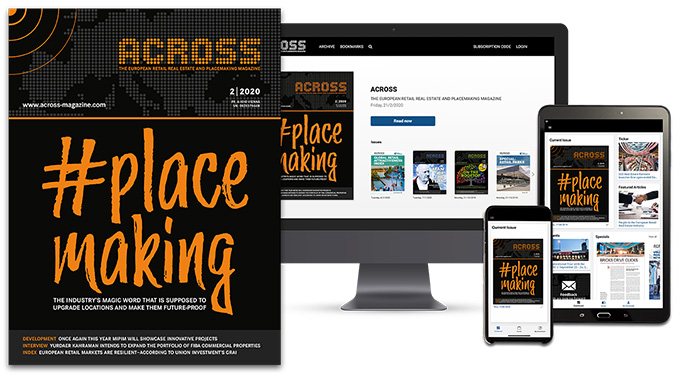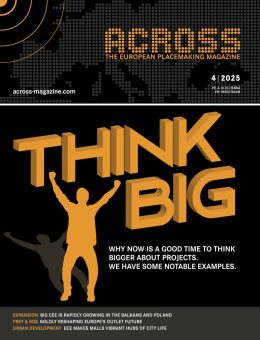A newly released analysis by the European Cultural and Creative Industries Alliance (ECCIA), supported by Bain & Company, highlights the growing economic clout of the luxury sector in the European Union. Presented to the European Parliament, the study reveals the industry’s current contribution to EU GDP and its promising trajectory.
Currently employing around two million people across the EU and accounting for 2% of the bloc’s total exports, the luxury sector stands out as a robust economic engine. In Europe alone, it generates a gross value added of approximately €410 billion and plays a central role in high-value tourism. Notably, nearly one in two affluent tourists choose Europe specifically for its rich offering of luxury goods and experiences.
“The luxury sector is not just an economic driver; it is a global ambassador of European talent and identity,” said Stefania Lazzaroni, Managing Director of Altagamma. “Companies are investing up to 3% of their revenue in sustainability and 5% in training and development.” Since 2019, the sector has created 160,000 new jobs, underlining its resilience and dynamism.
Claudia D’Arpizio, Partner at Bain & Company, emphasized Europe’s dominant position in the luxury market, commanding a staggering 70% global share thanks to its blend of innovation and artisanal heritage.
However, challenges remain. Michael Ward, President of the ECCIA, warned of external threats: “Geopolitical tensions and the rise of trade tariffs could undermine international competitiveness, affecting both profit margins and supply chain stability.”
Despite these concerns, the long-term outlook remains bullish. The global luxury market is projected to soar to €2.5 trillion by 2030, positioning the EU at the forefront of a thriving, yet increasingly complex, global landscape.






